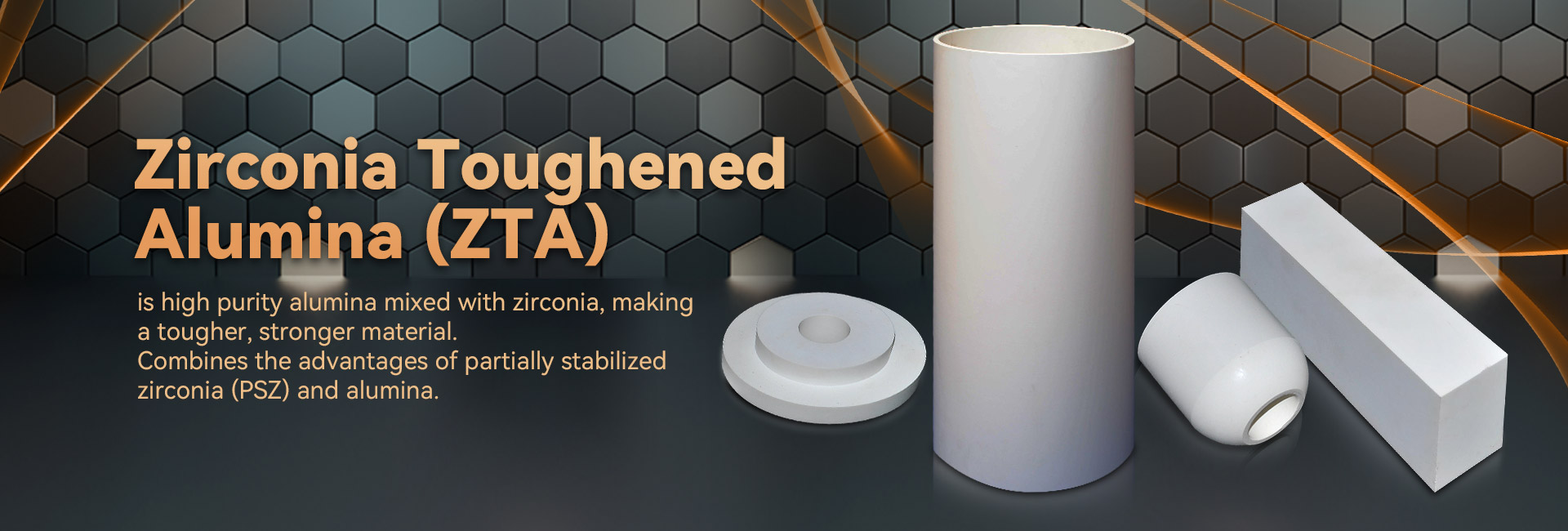
Technological component possess extraordinary physical traits, transforming them perfect for a varied range of implementations. Developing from aviation and cars to electronics, these constituents are regularly growing to accommodate the preconditions of a modern society.
- Their toughness and fortification to rigorous thermal states make them fundamental for premium mechanisms.
- In addition, technical ceramics supply merits in terms of performance, promoting the innovation of novel solutions.
Crafting Matter: Fashioned for Remarkable Output
Fabricated ceramics shine in stringent applications due to their unparalleled elements. Produced from carefully picked raw inputs and treated by exacting processing techniques, these modern substances exhibit innovative sturdiness, oxidation resistance, and endurance to tough thermal conditions, wearing, and scratching. From outer space elements to milling tools, industrial ceramics supply peerless operation across numerous fields. Their flexibility allows withstanding extreme states, assuring durability and consistency. As modernization progresses, the need for top-tier products grows, cementing the dominant part of industrial ceramics in shaping a advanced age.
Cutting-Edge Ceramics: Pushing Material Boundaries
Ceramics, highlighting notable rigidity and permanence, are experiencing a shift. Next-generation ceramics, manufactured with accurate control over their arrangement and minute arrangement, stretching the confines of the extent of possible. These structures exhibit a ample assortment of qualities, rendering them advantageous for critical domains such as outer space, biomedical, and fuel. From lightweight parts that hold up under extreme thermal conditions to bio-tolerant implants that combine smoothly with the flesh, advanced ceramics are redefining our life.
Fine Ceramic Production: Handling Stringent Needs
Engineered ceramic fabrication has matured considerably in recent intervals, allowing the production of finely made and highly usable ceramic products. These components are important across a wide range of industries, including flight, biological, and instrument domains. Addressing the precise criteria for these operations calls for fine fabrication processes that support dimensional precision, surface finish, and material traits. Advanced ceramic fabrication processes adopt numerical methods, including slip casting, injection molding, and additive manufacturing. These strategies facilitate the formulation of complicated configurations and detailed elements with supreme repeatability. Furthermore, advances in substance science have produced new ceramic blends endowed with elevated peculiarities. These substances show increased durability, lastingness, and tolerance to severe temperature conditions, permitting their use in exacting sectors.
The prospects for meticulous ceramic fabrication are enormous. As inquiries and development carry on, we can await even more refined methods and forms that will again broaden the frontiers of what is attainable in this domain.
Robust Ceramic Composites for Rugged Realms
Specialized ceramic constructs offer extraordinary resilience and antagonism against rigorous ambiences, making them suited for challenging uses in aviation areas. These progressive ceramics can face extreme thermic loads, fight wear, and preserve their capability under intense load-bearing stresses. Their unparalleled nanostructural elements support dependable work in harsh environments, including fireplaces, combustion engines, and reactor cores.
- Hybrid ceramic mixtures
- High-temperature stability
- Optimized lightness
Advanced Composites: Fusing Robustness and Efficiency
Engineered composites convey a eminent mix of mechanical fortitude and distinct unique properties. Through the union of ceramic components within a base, these composites achieve remarkable qualities. This combination results in heightened tolerance against high thermal conditions, wearing, and chemical degradation, rendering them suitable for rigorous deployments in aviation, motor industry, and electricity arenas. Furthermore, ceramic composites can be engineered to possess distinct properties like electrical conductivity or biocompatibility, enlarging their reach across diverse realms.
Detailed Administration in Cutting-Edge Ceramics
Gaining specified properties in cutting-edge ceramics regularly compels meticulous manipulation over their granularity. Multiple production conditions, including sintering heat magnitude, period, and atmosphere, alongside the integration of dopants or secondary phases, meaningfully impact the structure of aggregations, porosity, and other microstructural elements. Exact optimization of these conditions allows for the betterment of toughness, breakage resistance, and conductive conductivity. For example, increasing the sintering heat level can boost grain enlargement, thus increasing density and improving mechanical sturdiness. Conversely, handling the firing atmosphere may shift the oxidation position of the ceramic, thereby influencing its electrical conductivity or magnetic traits. Perceiving these relationships between microstructure and properties is paramount for fabricating advanced ceramics with specialized functionality suitable for extensive uses.
Erosion-Resistant Ceramics: Improving Toughness
For taxing industrial fields, where components are subjected to constant wear and wearing, elements with outstanding erosion resistance are essentially necessary. Wear-resistant ceramics have emerged as a dominant measure, affording unparalleled durability and quality in many industries such as industry, mining, and aerospace. These high-tech forms possess a singularity architecture that boosts their capability to combat degradation. By applying the fundamental hardness and mass of ceramic structures, engineers can formulate robust components capable of withstanding the most difficult operating environments.
Biocompatible Composites: Roles in Health Industry
Non-toxic ceramics have changed the health industry, conveying an array of advantageous qualities for wide-ranging purposes. These composites are chemically neutral within the anatomy, minimizing sensitivity responses and supporting wound closure. A prime mission for biocompatible ceramics is in bone fixation devices, where their hardness sustains long-lasting foundation to damaged muscle.
Furthermore, they are utilized in dental restorations, providing a long-lasting and natural-looking solution for prosthetic teeth. Ceramics also serve a key role in medication delivery, granting the localized delivery of medication to specific targets within the flesh.
- In addition, biocompatible ceramics are continuously being scrutinized for tissue engineering, serving as a platform for repair.
- Hence, the outlook of biocompatible ceramics in clinical use looks favorable, with continual work expanding their functions.
Intelligent Ceramic Sensors: Boosting Reliable Measurements
Smart ceramic detectors have arisen as fundamental components across a diverse array of realms. These ceramic plate instruments leverage the one-of-a-kind essentials of ceramic compounds to deliver highly exact observations. Their toughness in {demanding|harsh| 